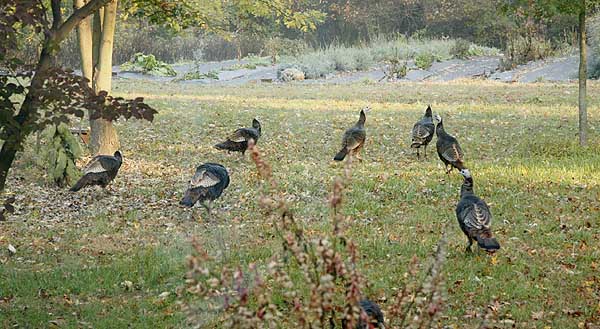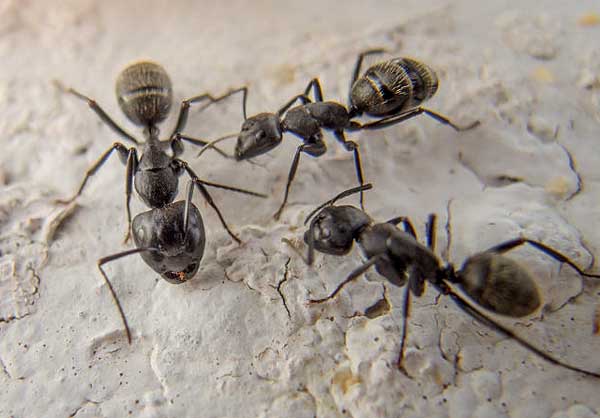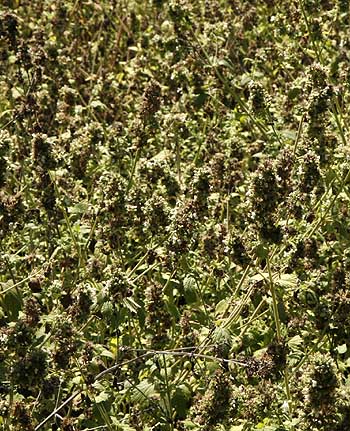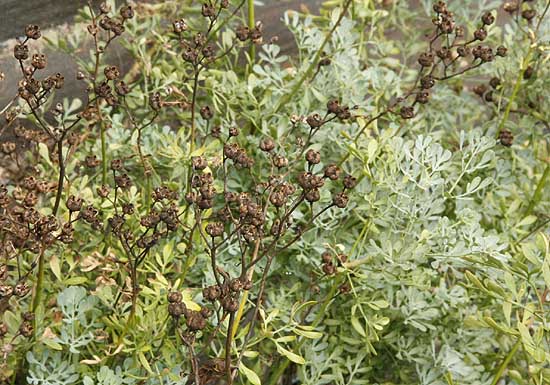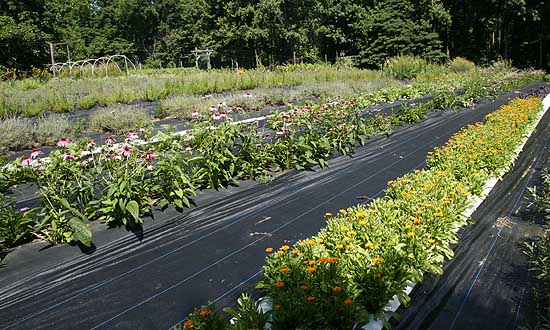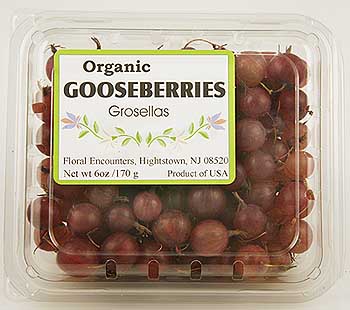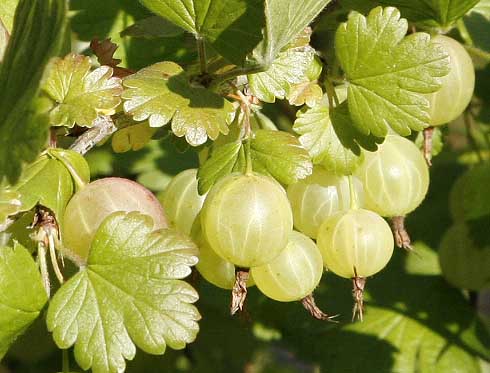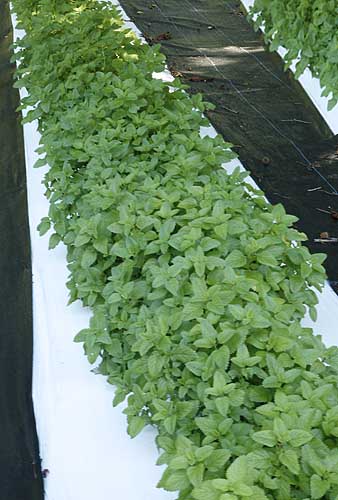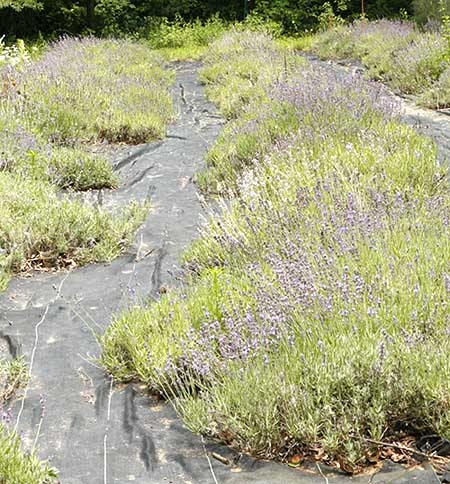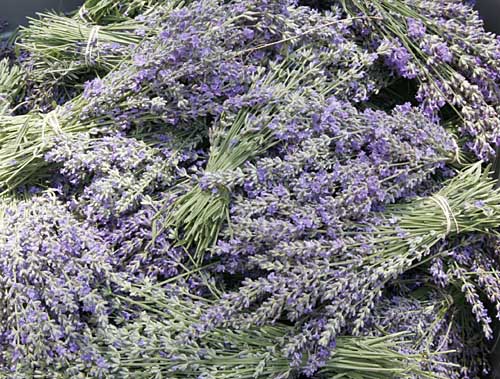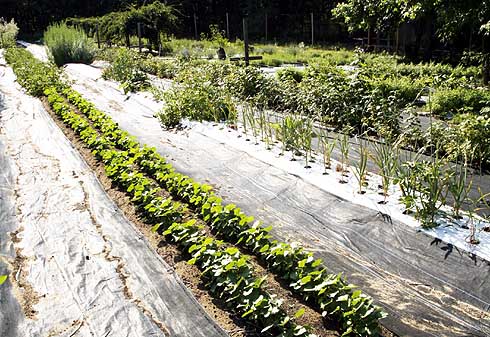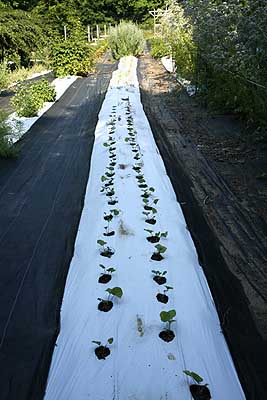While I know that there are some people who just love to work outside when its hot and humid, I am not one of them. I worked with someone like that not long ago. He just loved to go out in the hot sunshine and work in the fields. I loved him for it and was very sorry to see him go (to a more distant university to get his doctorate).
Me I don’t like to work when its too hot. In the summer months I get up very early, mostly when the sun comes up. Get outside and do what I need to do and get in before 10.30am when the sun gets too hot.
Now however the temperatures are cooling down and I can spend the whole day outside working without overheating. I love the crisp fall weather. Being outside at this time is exhilarating even if it does come with hard work. Its easier to work in cooler weather although its alarming just how many jobs suddenly need doing. This year has been especially bad for heat so the normal set of tasks have built up a bit more than usual. We still have a lot of plants flowering but others have finished and need to be cleaned up before winter comes and the weeds have increased in size more than I would have liked but now it can be hit hard and pushed back into order.
I like to keep my fields with a few weeds as possible. I know many farmers who don’t weed their rows much and will often abandon a crop if the weeds get too bad. It’s a tough choice, often there is not enough time to do all the weeding, the darn things grow so fast. However if you keep the weeds down and don’t let them seed, eventually you get less and less weeds to remove. Sadly I am not at that stage yet, while I have less weeds others still blow in and crabgrass is always rearing its evil head scattering seeds everywhere. While I do have a band of wild turkeys who seem to love crabgrass seeds they don’t eat enough of them for my liking. If I could just train them….
